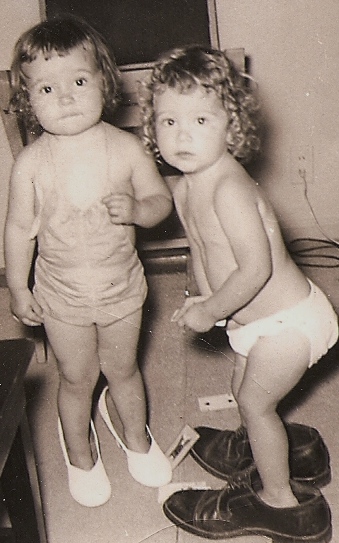 Research reported in the respected journal Science, in an article titled “Just think: The challenges of the disengaged mind” by Timothy D. Wilson et al. (345, 75 [2014]), presented results summarizing 11 studies where participants were first given an electric shock; all participants admitted that the shock was unpleasant, and said they would pay to avoid it. Researchers then asked the subjects to sit in the empty room and entertain themselves with their thoughts without cellphones, iPads, or other distractions. There were only two rules: you can’t get out of your chair, and you can’t fall asleep. Participants did have the option to press a button and receive a shock again.
Research reported in the respected journal Science, in an article titled “Just think: The challenges of the disengaged mind” by Timothy D. Wilson et al. (345, 75 [2014]), presented results summarizing 11 studies where participants were first given an electric shock; all participants admitted that the shock was unpleasant, and said they would pay to avoid it. Researchers then asked the subjects to sit in the empty room and entertain themselves with their thoughts without cellphones, iPads, or other distractions. There were only two rules: you can’t get out of your chair, and you can’t fall asleep. Participants did have the option to press a button and receive a shock again.
The mind is its own place, and in it self
Can make a Heav’n of Hell, a Hell of Heav’n.
John Milton, Paradise Lost
Very much to the researchers’ surprise, the study found that 70% of the men and 25% of the women chose to shock themselves instead of just sitting there with their thoughts—remember, for no more than 15 minutes.
Researchers ran the test in a lab with college students, but also with older subjects (recruited from churches, farmer’s markets, etc.) in their homes, and they tried to replicate the study with a wider sample of people minus the electric shock. They found that these folks also had difficulty sitting still for 15 minutes alone to entertain themselves with their thoughts. Over half the people admitted to cheating by using their phones. The majority said that hated the experience—it was boring.
What is going on here? Why is it so hard to entertain ourselves with our thoughts that people will actually resort to painfully shocking themselves just for something to do? Why not just stay in the moment and wait it out? Partly, reflecting back and looking ahead are just human nature, something our big brains allow us to do and a big reason for our evolutionary success. Because we can think ahead and formulate goals, or review the past and learn from it, we can accomplish stunning achievements like writing novels, building bridges, and curing diseases (not to mention more ordinary but still essential accomplishments like saving for retirement). But that’s not the whole story.
While being past- or future-minded can have benefits, it’s clear that mindfulness—staying in the present moment—offers essential benefits as well. The present moment is the only one that truly exists. It’s only in the present moment that we can feel peace, fulfillment, and harmony. And it’s only in the present that we’re free to choose. That’s why people meditate and why so many religious traditions include some kind of mindfulness exercise.
But researchers in the study found that even subjects who had experience with meditation and mindfulness found it only slightly easier to sit still without distraction. I’ve found this in my own practice. When I explain mindfulness to my psychotherapy clients, they understand the concept and its value on an intellectual level, and may even experience a sense of pleasurable release during some meditations. Even though my clients have come to me for help in dealing with life’s burdens, and even though they get good results from meditating, it’s still not easy for them to practice mindfulness regularly.
So, what comes up for people when they sit alone with their thoughts? We experience restlessness, discomfort, boredom, and irritation. Sitting in stillness, letting moments come and go and staying with the quiet space, gives room to encounter the self. We come face to face with our anger, our envy, our jealousy and our pride. Those feelings are unpleasant and it is easy to want to be quickly rid of them. Switching the channel in our mind to a diversion such as a show, a game, or a piece of chocolate cake takes us temporarily away from the difficult emotion. We don’t want to feel like a jealous person, for example, because that gives way to other feelings such as guilt—which makes us feel worse. Our self-concept takes a beating when we give it time in the quiet moments.
But if we are to enlarge our Self and be fully alive, we have to face the darker sides. As Goethe writes in “The Holy Longing”:
And so long as you haven’t experienced this: to die and so to grow,
you are only a troubled guest on the dark earth.
To be at home on earth, learn to sit with yourself in the present moment.






